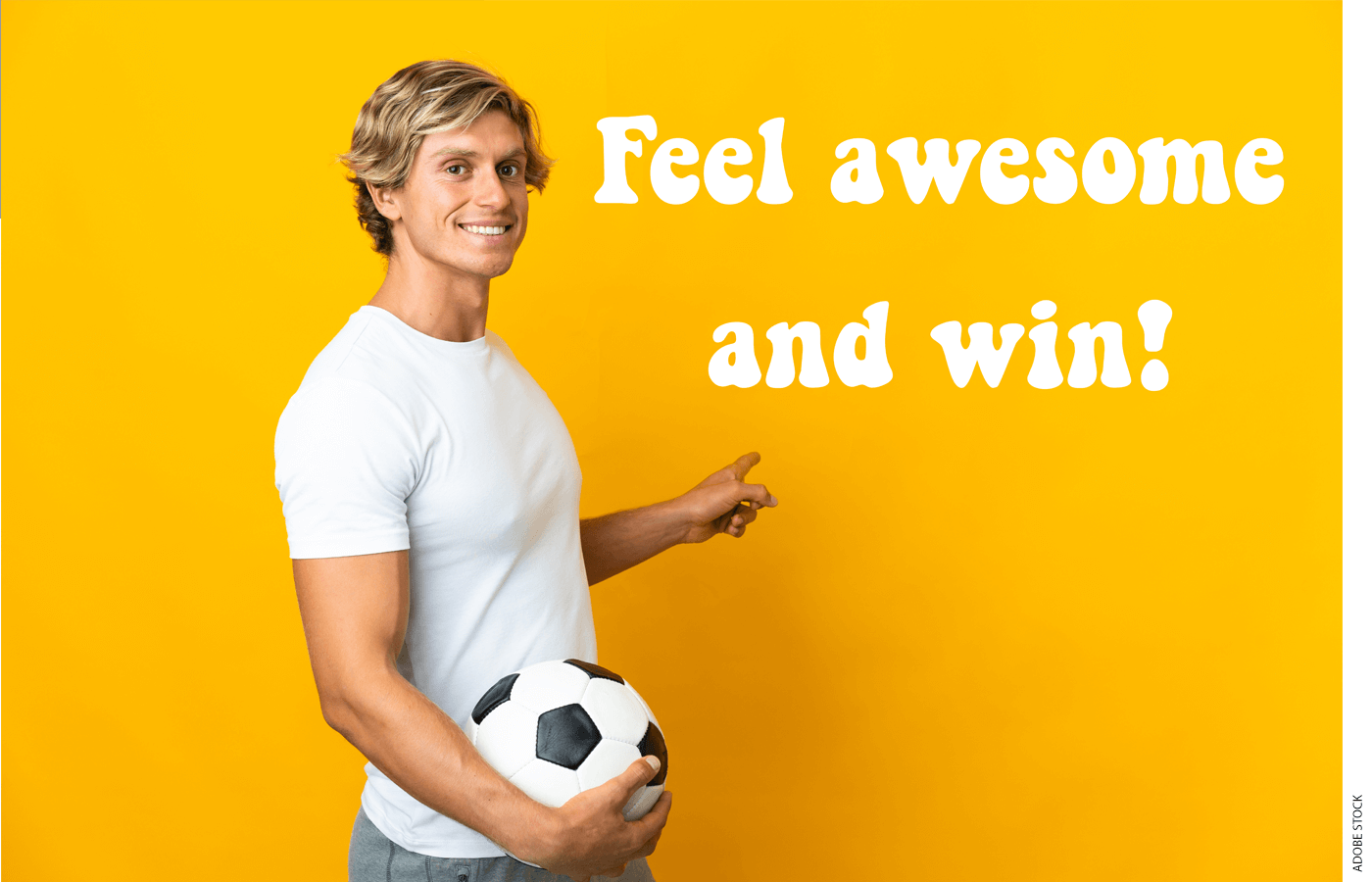
Paul Banksley—the 22nd-century skills guru, founder of “Tomorrows Are for Tomorrow,” and former vacuum salesman—called with big news. “Next week, we’ll be announcing a partnership with Massachusetts to bring SEL and 22nd-century skills into sportyball.”
As much as I admire Banksley, I was a little nonplussed. “Umm, what’s ‘sportyball’?” I asked.
“You know, stuff with balls,” he said. “Like that game where they put balls in hoops. Or the one that Taylor Swift likes where they run with balls and knock each other down. It’s a great opportunity to apply 22nd-century skills. The Center for Healing and Justice Through Sports’s Megan Bartlett puts it so well: ‘In a sports environment, you’re having real-life interactions with other people, you’re having stressful things happen that cause you to need to practice regulating your emotions.’”
“I don’t want to be a wet blanket,” I said, “but it seems like sports already do that pretty well. Kids make friends. They get mentored. They fail. They sweat. They strive toward a common goal, together with teammates of varied races and backgrounds. They learn about practice and persistence. Why fix what’s working?”
“You’re kidding, right?” Banksley said. “I mean, there are no consultants. No worksheets. Hardly any trainers or workshops. Almost no focus on combating microaggressions. We can do so much better. Just imagine you’re a sportyperson. You’re on the field. The other team has more baskets. Time is running out. You’re feeling pressure to hit a touchdown, and your coach yells, ‘Focus out there!’ But what if you’ve never practiced that?”
“Umm, maybe that’s the kind of thing that you mostly learn by doing,” I offered.
“You’re sounding like a real mouth-breather,” he admonished. “Maybe that’s all we knew in the 19th century. But today, we can do so much more. When a child commits a foul and the opponent reacts harshly, we can ask ourselves questions like, ‘What’s going on at home? At school? Personally?’”
“That’s deep. What do coaches do with that?” I asked, curious.
“There are lots of possibilities. It might involve breathing exercises or a privilege worksheet. Maybe coloring in a feeling thermometer. We might want to pause the contest to convene a restorative justice circle.”
“Are there other strategies?” I asked.
“There are so many,” Banksley said. “For instance, Open Phys Ed urges coaches to practice SEL techniques by going for ‘wellness walks’ and asking questions like ‘What are you enthusiastic about?’ and ‘How do you support the wellness goals of the people you care about?’ That’s some powerful stuff right there.”
“I hadn’t thought of it that way,” I admitted. “You mentioned that you’re doing something with Massachusetts. What’s up?”
“Exciting stuff!” Banksley said. “The legislature has drafted a bill that would require the state department of education to require an SEL curriculum in middle and high school sports.”
“What’s that mean?”
“It’s what our sportypeople need,” he said. “It’ll ensure that students and coaches learn to create a ‘safe, supportive, and bias-free team culture.’ There will be lessons to ‘address hate, bias, and negative behaviors.’ Teams will be required to provide kids ‘with age-appropriate leadership roles.’”
“How do teams provide kids with ‘age-appropriate leadership roles’?” I asked. “Do they need to make every kid a captain of something?”
“Something like that,” he replied. “Rather than treat leadership as a scarce privilege, everyone should be a leader. Think how much more equitable that kind of leadership would be.”
“I don’t think I’m tracking,” I said. “Have the folks who dreamed this up ever even played sports?”
Banksley paused for a moment. “Don’t know,” he mused. “Doesn’t really matter, does it? More anti-bias lessons are always good. And there are some wonderful resources. The Massachusetts Interscholastic Athletic Association, for instance, has posted amazing videos about “Understanding Race and Its Impact on Leadership Development” and the “Power of Language and Practical Allyship.”
“Oh,” I said.
“Some of the particulars need to be worked out,” he said briskly. “But that’s why we’ve got consultants and teacher trainers. I can imagine, for instance, a practice that’s half devoted to chasing balls and half to socially relevant activities that nurture anti-racist awareness. Mitch Lyons, the founder of GetPsychedSports.org, has suggested that sportyballers be taught SEL skills the same way they’re taught to pass a basketball or do a butterfly stroke. I think that’s a great approach.”
Subscribe to Old School with Rick Hess
Get the latest from Rick, delivered straight to your inbox.
“I’m still not totally getting this,” I admitted.
Banksley sighed deeply. “Okay, let me put it another way. You know how racers run around the track, seeing who can get to the finish line fastest?” he asked.
“Sure,” I said.
“Well, that’s a case study in emotional damage. Some students always finish first. Others are always last. And we do nothing to make the race more equitable. How is it fair that whether students are happy or sad, speed-challenged or not, everyone has to run the same exact distance? That’s not just outdated; it’s frankly cruel,” he said.
“Uh-huh,” I said. “So . . .?”
“So, we can put the science of SEL to work. We can make those races more equitable. We can adjust how far each kid has to run. We can provide counselors and rest stops. We can make sure there are supportive spaces with coloring books and comfort dogs.”
It finally clicked. “Oh, I see,” I said. “You want to do for sports what restorative justice, SEL, and equitable practices have done for academics.”
“Exactly. It’s a chance to make sportyball so much fairer, more socially conscious . . . so much better! And don’t you worry, youngsters will still be kicking home runs, too!”
Frederick Hess is an executive editor of Education Next and the author of the blog “Old School with Rick Hess.”



